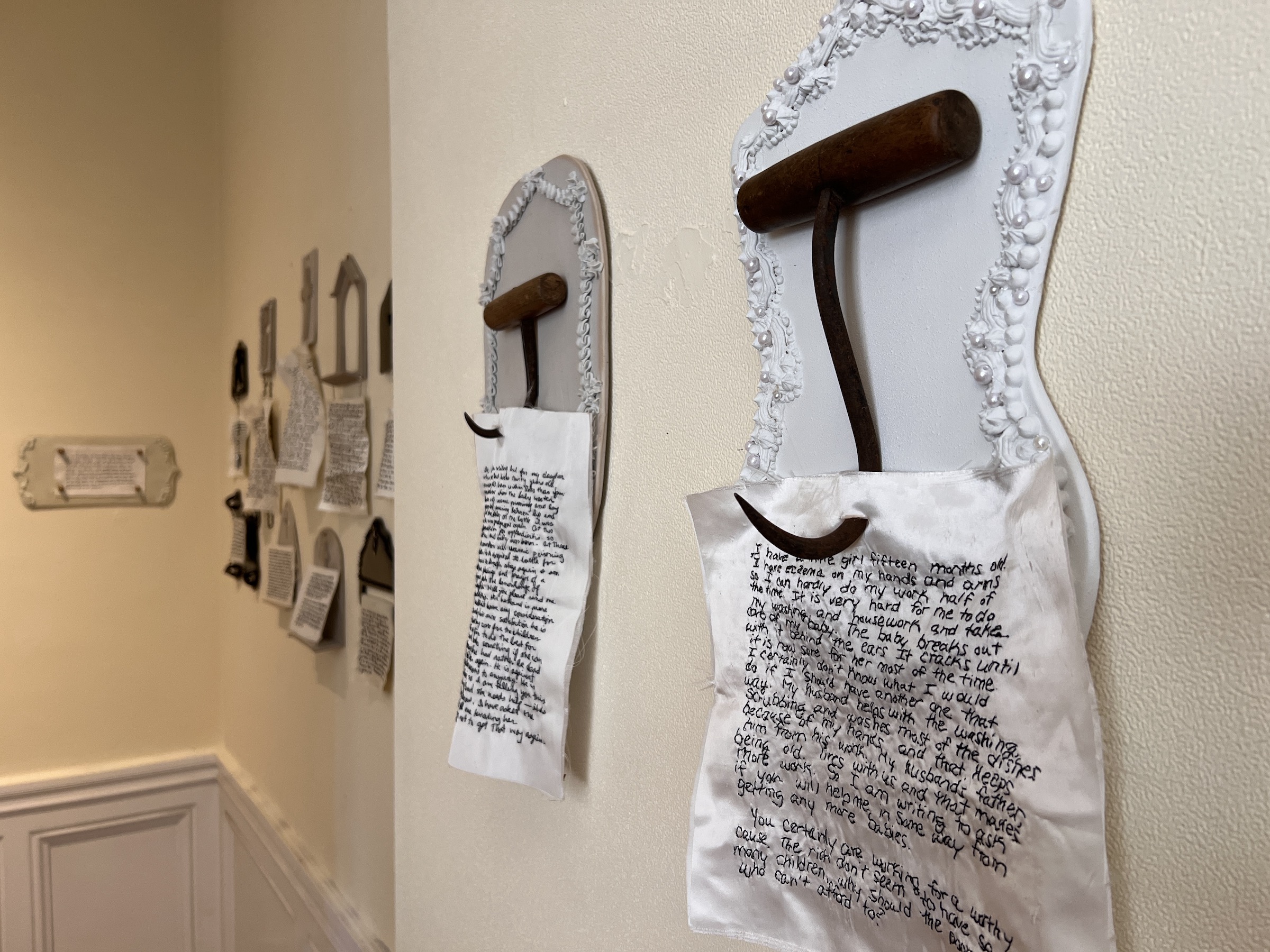When surveillance and censorship abound in the name of security, the arts tend to serve as the proverbial “canary in the coal mine,” signaling the suffocating effects of repression as it takes hold. The latest data, then, should be cause for alarm: 70% of the world’s population has experienced a decline in their expressive freedom over the last decade, with 5.2 billion people living in “crisis” or “highly restricted” conditions.
The numbers are courtesy of the 2025 Global Expression Report (GxR), published by the British advocacy organization Article 19 in June, which takes a quantitative stock of freedom of speech on an international scale. Of the 161 countries studied, only 35 — representing 15% of the global population — remain in “open” conditions, meaning environments where freedom of expression is generally safeguarded and encouraged. For every person who gained expressive freedom in the past decade, 19 others lost it. The State of Artistic Freedom report by the nonprofit Freemuse, also published this year, brings these numbers into human-scale relief by documenting the censorship, imprisonment, and harassment of artists across regions — including in ostensibly democratic nations such as the United States.
Taken together, these reports paint a deadly picture of a global decline in freedom of expression, one that Article 19 Executive Director Quinn McKew warns we must “work harder and faster to reverse … before it is too late. And it really is later than we think.”
Drawing on the Varieties of Democracy dataset and World Bank population data, the GxR scores 161 countries across 25 indicators, from media and internet freedoms to civil society rights and cultural expression. The results show a clear decline in expressive freedoms over the past decade, a trend echoed by Freemuse, which recently flagged artistic freedom as “at its lowest point.” Freemuse contracts regional and topical experts to contribute to its annual report — some of whom gather data on regions, others who can speak to specific issues. The organization’s 2025 report recounted the testimonies of persecuted and repressed artists, including stories from 16 artists imprisoned in Cuba, tortured Georgian artists, art exhibitions banned in Turkey due to anti-LGBTQ+ vitriol, and censorship of artists — particularly in the United States and Germany — protesting what the United Nations has officially termed a genocide in Gaza.
“Geopolitical tensions, angry donors, upset audiences, concerns about violent protests, and new legislation all lead to a fraught environment, dominated by anxiety and self-censorship,” wrote Svetlana Mintcheva, former director of programs at the National Coalition Against Censorship, in Freemuse’s report. Earlier this year, Artists at Risk Connection, PEN America, and the Association of Art Museum Directors reported that 65% of art museum directors have experienced pressure not to show an artwork or exhibition at least once. Many of the respondents of their survey described the growing pressures to self-censor, notably before the Trump administration began slashing National Endowment for the Arts grants, targeting Smithsonian museums, and threatening universities.
Global attacks on artistic freedom range “from the visible and brutal, such as bannings, trials, imprisonment and even killings, to the insidious and often overlooked, such as exclusion from funding, denial of performance space, online harassment and ostracism,” said Sara Whyatt, Freemuse’s research director, in an email to Hyperallergic.
“The result is a creeping climate of self-censorship, far harder to detect but equally corrosive, and we see these in all forms of governments, from autocracies to democracies,” she added.
And indeed, that corrosion has been steadily increasing. Although the US is still considered an “open” country by the GxR, in 2018, Freemuse listed it among 10 countries with alarming trends in artistic repression. In 2021, the US was included in “Countries of Concern” alongside over a dozen other nations, including Brazil, China, Egypt, India, and Uganda.
That same year, the GxR showed the US’s global ranking had plunged from ninth in 2011 to 30th. The 2025 report shows a partial recovery to 21st place, but its Expression Score has barely budged — up to 85 from 84 out of 100. Freemuse’s 2025 report specifically targeted the US as a site of repression, most notably in the form of cultural retaliation.
Reports like these are crucial in offering data about “which free expression indicators come under fiercest attack,” as Article 19 Director for Law and Policy Barbora Bukovská noted to Hyperallergic.
Yet, as McKew emphasized, the “arts are essential in challenging power” by confronting repression and shifting the public’s political imagination.
“Artists should use this unique role to amplify those whose voices are censored, and draw attention to injustice, rights violations, and repression, wherever it occurs,” McKew said.


